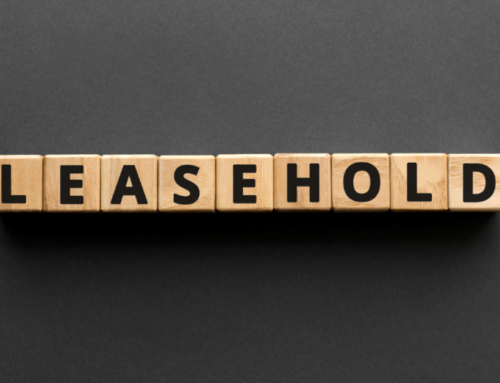We’ve previously explained Rentcharge and the 1977 Rentcharge Act, so this time around, we thought we’d provide you with some tips to help you minimise your risk.
Although regarded by many as a “scam” Rentcharge is real and legal, but there are a few things you can do to minimise your risk of being caught in the “scam”.
- First, check your deeds to see if your property could be subject to a Rentcharge. If you are unsure check with your Conveyancing Solicitor or the Land Registry.
- Make sure you pay your Rentcharge on time whether demanded or not and ask for a receipt. NEVER miss a payment
- Set up a Standing Order if possible to avoid overlooking payment of the Rentcharge.
- If you were paying a Rentcharge but it has not been demanded check with your neighbours to see if they have any information.
- If you receive a new demand for a Rentcharge ask for documentary proof from the purported new Rentowner and ensure your request by mail is “Signed for”
- Be prepared to pay an Administration fee for proof to avoid paying hundreds of pounds later if a Statutory Lease is registered against your property.
- Redeem your Rentcharge through the Department for Communities and Local Government as it will save potential hassle and additional cost later on when you sell your house.
In need of advice?
If you would like to know more or need legal advice about this or any area of property law, our expert team can help. Get in touch with us.




